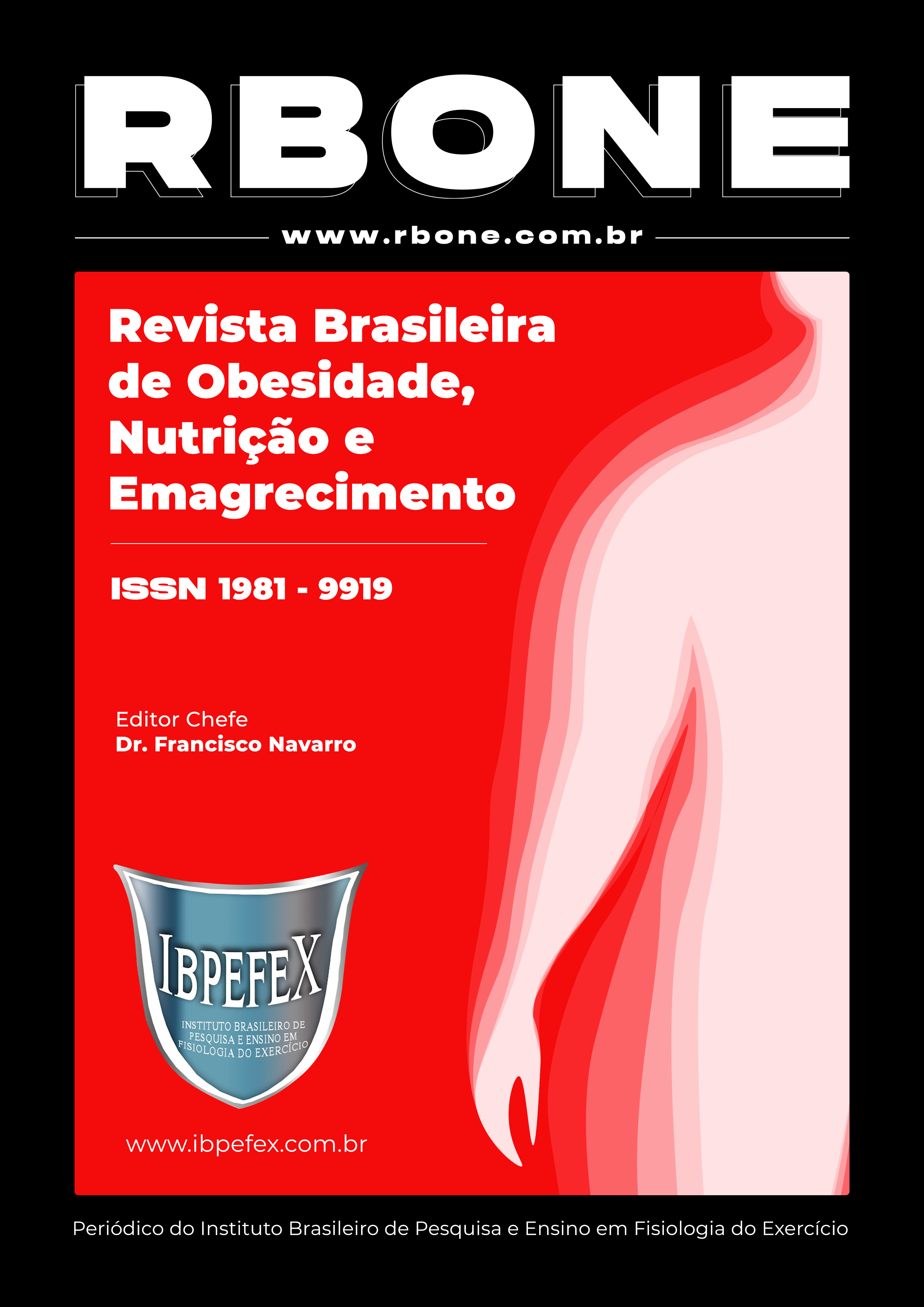Nursing care in the management of patients with diabetic ketoacidosis: integrative review
Abstract
Objective: To describe the practices carried out by nurses in managing patients with diabetic ketoacidosis. Materials and Method: Integrative review, bringing up the following problem: What practices are carried out by nurses in managing patients with diabetic ketoacidosis. Results: The main nursing care identified in the studies for the management of diabetic ketoacidosis were: continuous monitoring of vital signs is crucial to detect any changes in the patient's clinical status. Changes in heart rate or blood pressure may indicate severe dehydration or shock. The patient's mental status should also be closely monitored, as changes may indicate increased metabolic acidosis or cerebral edema. Adequate fluid administration is critical in the treatment of diabetic ketoacidosis. Conclusions: In conclusion, nursing care is essential for the effective management of diabetic ketoacidosis. Nurses play a crucial role in continuously monitoring the patient's vital signs, administering adequate fluids and insulin, closely controlling fluid and electrolyte balance, and educating the patient about the appropriate management of diabetes.
References
-COFEN. Resolução COFEN 564/2017 – Código de Ética dos Profissionais de Enfermagem. Disponível em: http://www.cofen.gov.br/resolucao-cofen-no-
_59145.html.
-Doria, E.F.; Cruz, I. Assistência de Enfermagem na complicação de cetoacidose diabética - Revisão sistematizada da literatura. Journal of Specialized Nursing Care. Vol. 2. Num. 1. 2009.
-Federle, C.A.; Almeida, R.R..; Monteiro, R.A.; Barbosa, M.E.M. Atuação do enfermeiro na cetoacidose diabética. Revista Polidisciplinar Eletrônica da Faculdade Guairacá. Vol. 3. Num. 2. 2011. p. 57-67.
-Grossi, S. A. A. O manejo da cetoacidose em pacientes com Diabetes Mellitus: subsídios para a prática clínica de enfermagem. Revista da Escola de Enfermagem da USP. Vol. 40. Num. 4. 2006. p. 582-586.
-Kitabchi, A.E.; Umpierrez, G.E.; Miles, J.M. Hyperglycemic crises in adult patients with diabetes: a consensus statement from the American Diabetes Association. Diabetes Care. Vol. 32. Num. 7. 2009. p. 1335-1343.
-Lima, T.N.; Baltazar, A.P.A.; Oliveira, A.C.; Silva, D.; Navroski, C.; Dalmedico, M. Cuidados de enfermagem ao diabético tipo 1 em cetoacidose diabética. In: VI Conclave dos Acadêmicos de Enfermagem da Universidade Positivo (CONAENF), 2014, Curitiba. Anais VI Conclave dos Acadêmicos de Enfermagem da Universidade Positivo. Universidade Positivo, 2014. p. 32-37.
-Nyenwe E.A.; e colaboradores. A mistaken diagnosis of type 2 diabetes due to hemoglobin N-Baltimore Am J Med Sci. 2008.
-Oliveira, R. M.; e colaboradores. As condutas de enfermagem frente a pacientes com cetoacidose diabética: Revisão integrativa da literatura. Revista Eixos Tech. Vol. 5. Num. 2. 2018.
-Silva, J.F.; Carvalho Farias, A.F.; Furtado Morais, L.S.; Moreira De Oliveira, I.M.; Ingrid Silva Arruda, M. D.; Kroning Feijó, C.; De Azevedo Mello, E.C.; Cavalcante De Moura, L.; Fontes Rodrigues Mattos, M.L.; Junior de Moraes, J. Prática clínica de enfermagem no manejo ao paciente crítico com cetoacidose diabética. Nursing. Vol. 25. Num. 291. 2022. p. 8330-8341. DOI: 10.36489/nursing.2022v25i291p8330-8341.
-Whittemore, R.; Knafl, K. The integrative review: update methodology. J Adv Nurs. Vol. 52. Num. 5. 2005. p. 546-553.
Copyright (c) 2024 Daniella Monise de Sousa Borges, Iane de Lima Borges, Ana Luiza Negreiros, Francisco João de Carvalho Neto

This work is licensed under a Creative Commons Attribution-NonCommercial 4.0 International License.
Authors who publish in this journal agree to the following terms:
- Authors retain the copyright and grant the journal the right of first publication, with work simultaneously licensed under the Creative Commons Attribution License BY-NC which allows the sharing of the work with acknowledgment of the authorship of the work and initial publication in this journal.
- Authors are authorized to enter into additional contracts separately for non-exclusive distribution of the version of the work published in this journal (eg, publishing in institutional repository or book chapter), with acknowledgment of authorship and initial publication in this journal.
- Authors are allowed and encouraged to post and distribute their work online (eg, in institutional repositories or on their personal page) at any point before or during the editorial process, as this can bring about productive change as well as increase impact and impact. citation of published work (See The Effect of Free Access).






